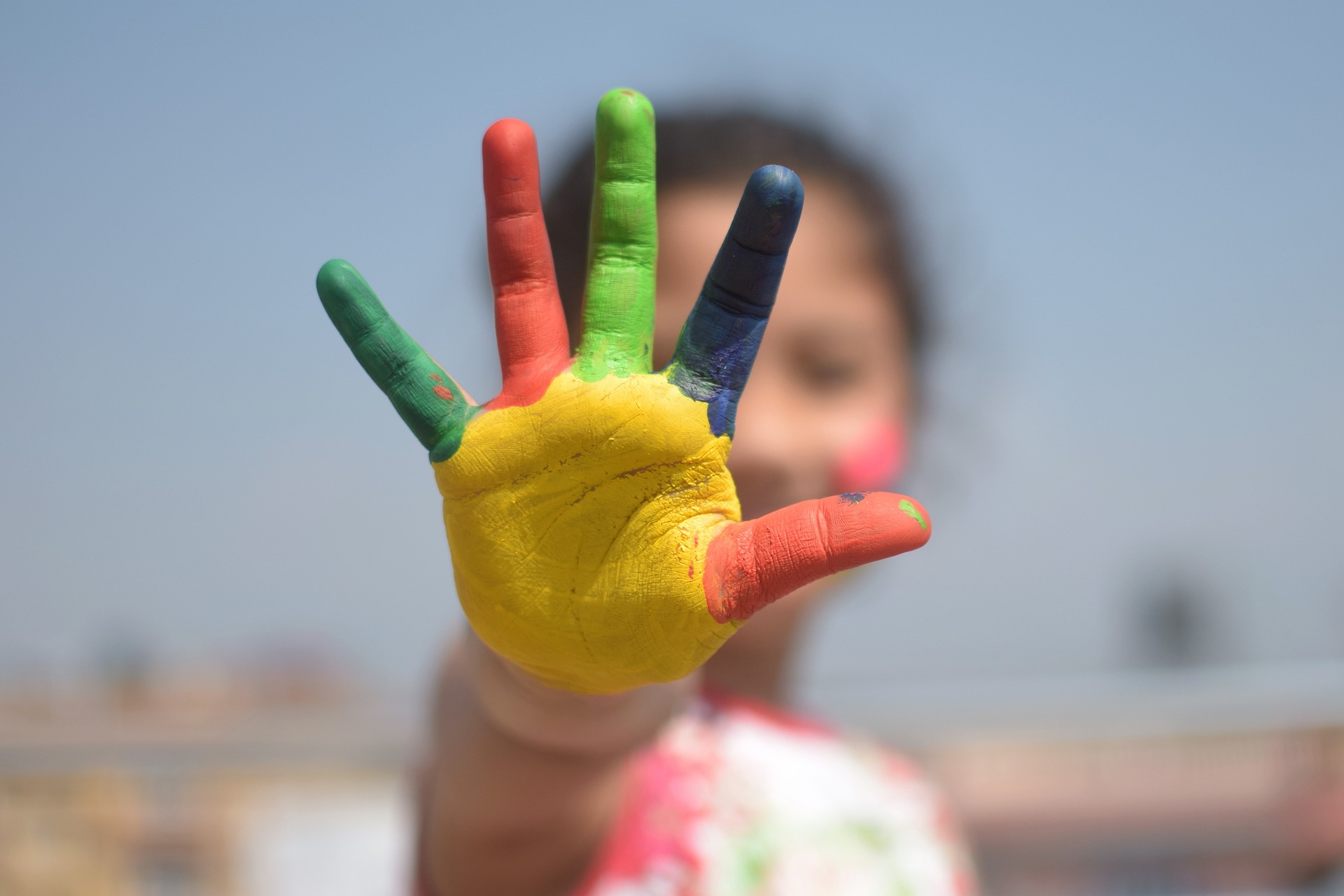Get 20% off
your first walk!
Enter your email and we’ll send you your coupon
We won’t spam you.Your Privacy is protected.

Synesthesia is a condition in which an individual experiences a blending of the senses, such as seeing sounds or tasting colors.
Children with synesthesia may experience the world differently than their peers and may have unique learning needs.
Here are some common issues children face at school

Processing Difficulties
Sensory Overload
In the classroom, children with synesthesia may have difficulty processing and remembering information because they are overwhelmed by the additional sensory experiences they have. For example, they might find it difficult to focus on a lesson if they are seeing colors or patterns in response to the teacher's voice or the words on the board.
How can 2 yellow bossy X 2s = 4 a quiet red?

Communication Difficulties
synesthesia, what's that?
Children with synesthesia may find it challenging to communicate their experiences to others, as most people do not experience the world in the same way. For example, if a child with synesthesia sees colors when they hear certain sounds, they may find it difficult to explain this experience to their classmates. This can make it challenging for them to express their thoughts and feelings and may lead to misunderstandings or confusion.

Social Isolation
Somewhat rare experience
Children with synesthesia may also feel isolated or different from their peers because of their unique sensory experiences. They may feel like they don't fit in or that no one understands them, which can affect their social and emotional well-being. This is especially true if they are not able to talk about their experiences or receive support from others. Children can feel very uncomfortable about being singled out for being different
"I see numbers as colors. When I do math, it's like a rainbow in my head."
"When I hear music, I see colors. It's like the notes are painting a picture in my head."
"I taste shapes. Squares taste salty, circles taste sweet, and triangles taste sour."
"I see emotions as colors. When someone is happy, they glow yellow. When they're angry, they turn red."
"I see letters as shapes. The letter 'A' is a triangle, and the letter 'B' is a square."
"I feel textures when I hear certain words. Soft words feel fluffy, and rough words feel prickly."
"I see flavors as colors. Orange juice is orange, and chocolate is brown."
"I see time as a spiral. The past is behind me, and the future is ahead. I can see how everything is connected."
quotes by children about their synesthesia

It is important for teachers and caregivers to be understanding and patient with children with synesthesia, and to provide a supportive and inclusive environment where they feel comfortable sharing their experiences. By creating a safe and inclusive space, teachers and caregivers can help children with synesthesia feel connected and supported, which can improve their social and emotional well-being.

Children with synesthesia may have difficulty explaining their experiences to others. It is important for teachers and classmates to be patient and open-minded when a child with synesthesia is trying to describe their perceptions.

Children with synesthesia may be more sensitive to sensory stimuli, such as loud noises or strong smells. It is important to create a calm and organized classroom environment to minimize distractions and reduce the risk of sensory overload.

Children with synesthesia may benefit from accommodations such as visual aids, alternative methods of taking notes, and extra time to process information. It is important to work with the child and their parents to determine what accommodations may be helpful. The SYNCalc is one such accommodation that some children may find useful.

Synesthete children organise information in unique ways and it can help to be curious rather than be dismissive. You can simply ask: Can you describe that to me again?

Children with synesthesia may benefit from additional social support, such as having a trusted adult or peer to talk to about their experiences.
Learn More from the experts
Overall, it is important to be understanding and flexible when working with children with synesthesia and to work with the child and their parents to identify accommodations that will support their learning and well-being.
The Multisense Synaesthesia Research lab, directed by Prof. Julia Simner at the University of Sussex, and funded by the European Research Council has developed more resources for Parents, Researchers and Clinicians

This page was written with the help of the Assistant language model, which provided research assistance and generated some of the content. Author: OpenAI, Year: 2022, Title: Assistant language model
URL: https://openai.com/blog/introducing-dall-e/